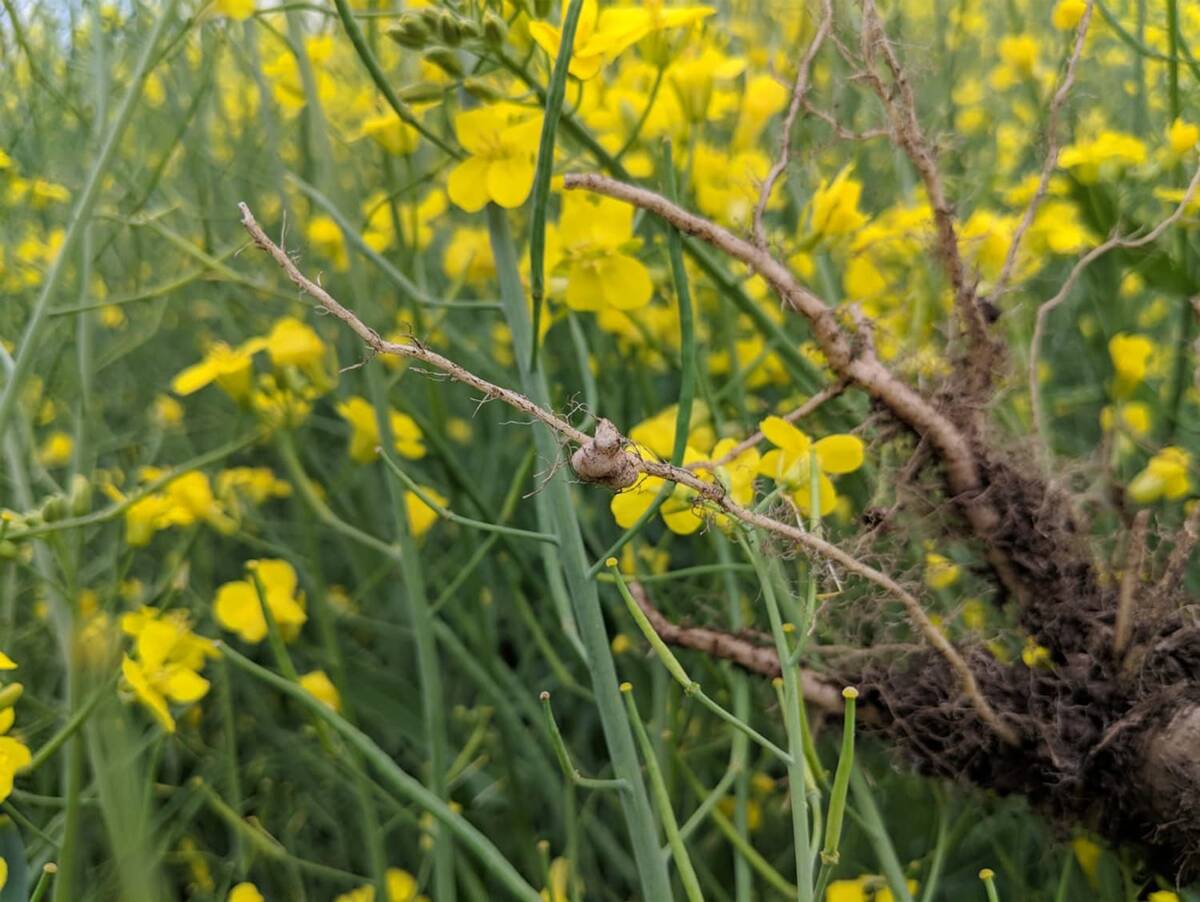On his own, Don Tait says he can’t do much about the hefty 30 percent import tariff Korea slaps on Canadian lentils.
So the Elrose, Sask. pulse farmer doesn’t mind paying a portion of his sales to get someone else to do it.
Gaining better market access for Canadian pulse crops is at the top of a list of priorities for Pulse Canada, established this month to unite sectors of the pulse crop industry from across the country.
“When you’re dealing with Ottawa or countries overseas, producers are better off when they’re singing off the same song sheet,” Tait said.
Read Also

Going beyond “Resistant” on crop seed labels
Variety resistance is getting more specific on crop disease pathogens, but that information must be conveyed in a way that actually helps producers make rotation decisions.
Strength in numbers
Pulse growers, processors, exporters and dealers will have a better chance in fighting tariff constraints and pursuing new market opportunities under the umbrella organization, said chair Lyle Minogue.
Al Slinkard, a pea and lentil research scientist with the University of Saskatchewan’s crop development centre, agrees.
“It has been worse for pulse crops because they’re new in the game and no one has been out there trying to break down these barriers,” he said.
Pulse Canada’s members include the Canadian Special Crops Association, representing processors, exporters and dealers, the Alberta Pulse Commission, Saskatchewan Pulse Growers, Manitoba Pulse Growers Association, Ontario Bean Producers Marketing Board and the Ontario Colored Bean Growers Association.
The agency is already on its way.
A delegation toured Asia this month, holding seminars for farmers and millers on the nutritional and economical value of adding Canadian feed peas to livestock rations.
A talk in the Philippines drew 120 hog producers, Minogue said: “There was tremendous interest.”
Potential markets
Asia holds the greatest potential for Canada’s pulse industry in both livestock feed and human consumption, he said.
But uniting the pulse industry in Canada won’t be easy, said Slinkard.
Peas and lentils produced mainly in Western Canada are sold on the open market but Ontario, with a strong bean industry, is organized under marketing boards.
“That will cause some growing pains, I’m sure, but I’m sure it’s not insurmountable,” he said.
Pulse Canada will be funded for the first three years under a cost-sharing formula between the federal government and member organizations who will contribute a portion of check-off funds.
The agency will share office facilities with the Canadian Special Crops association in Winnipeg.
















